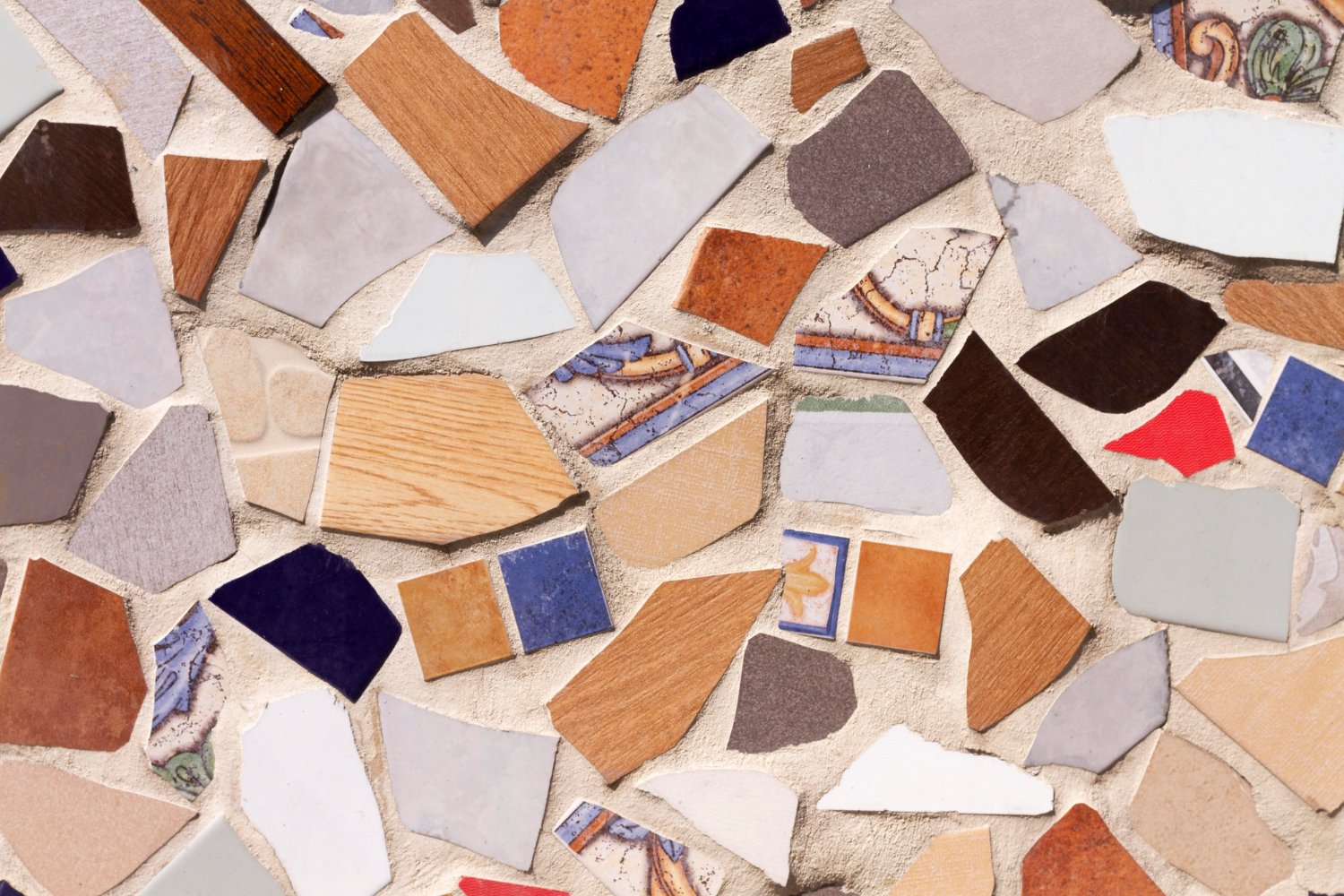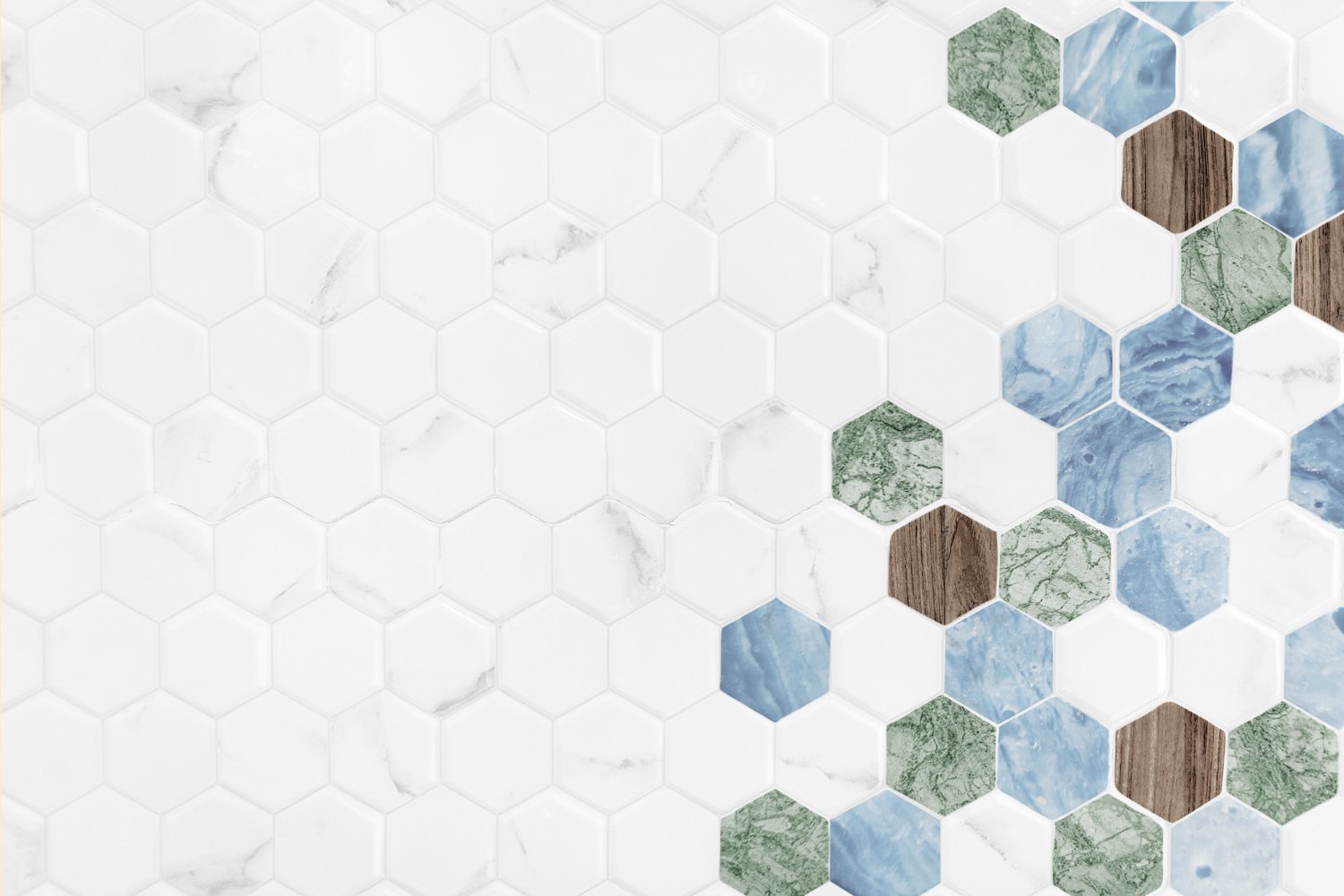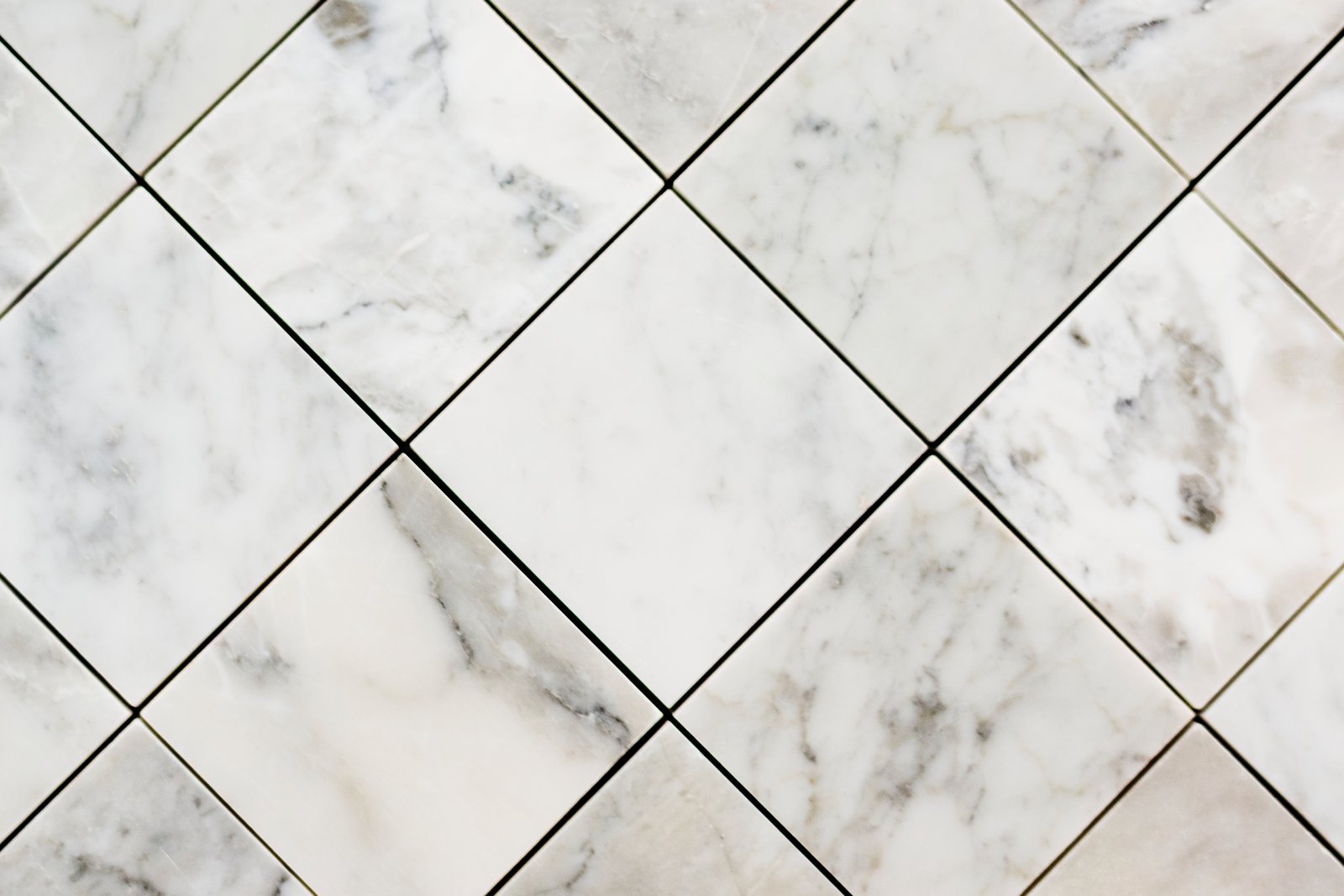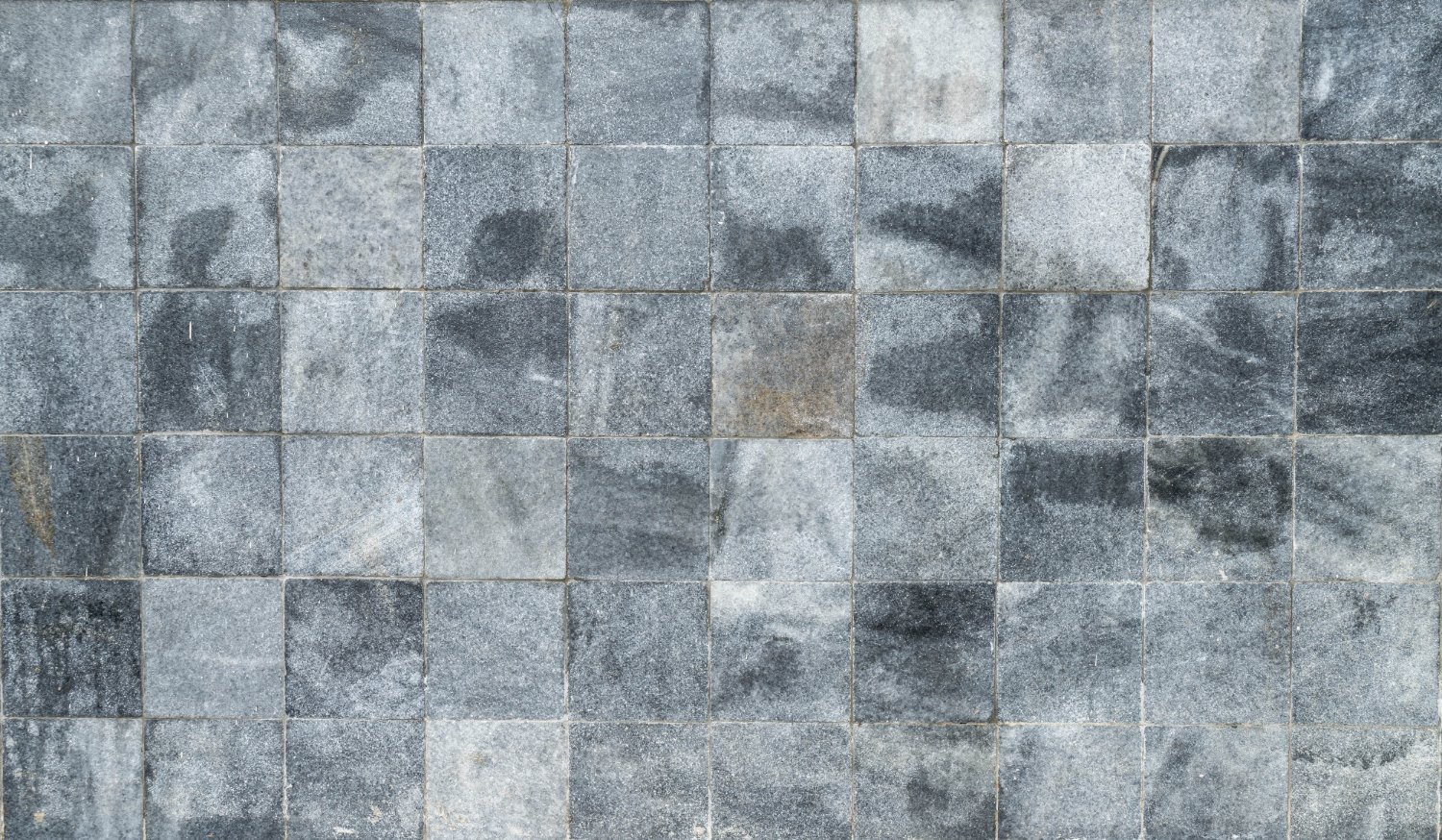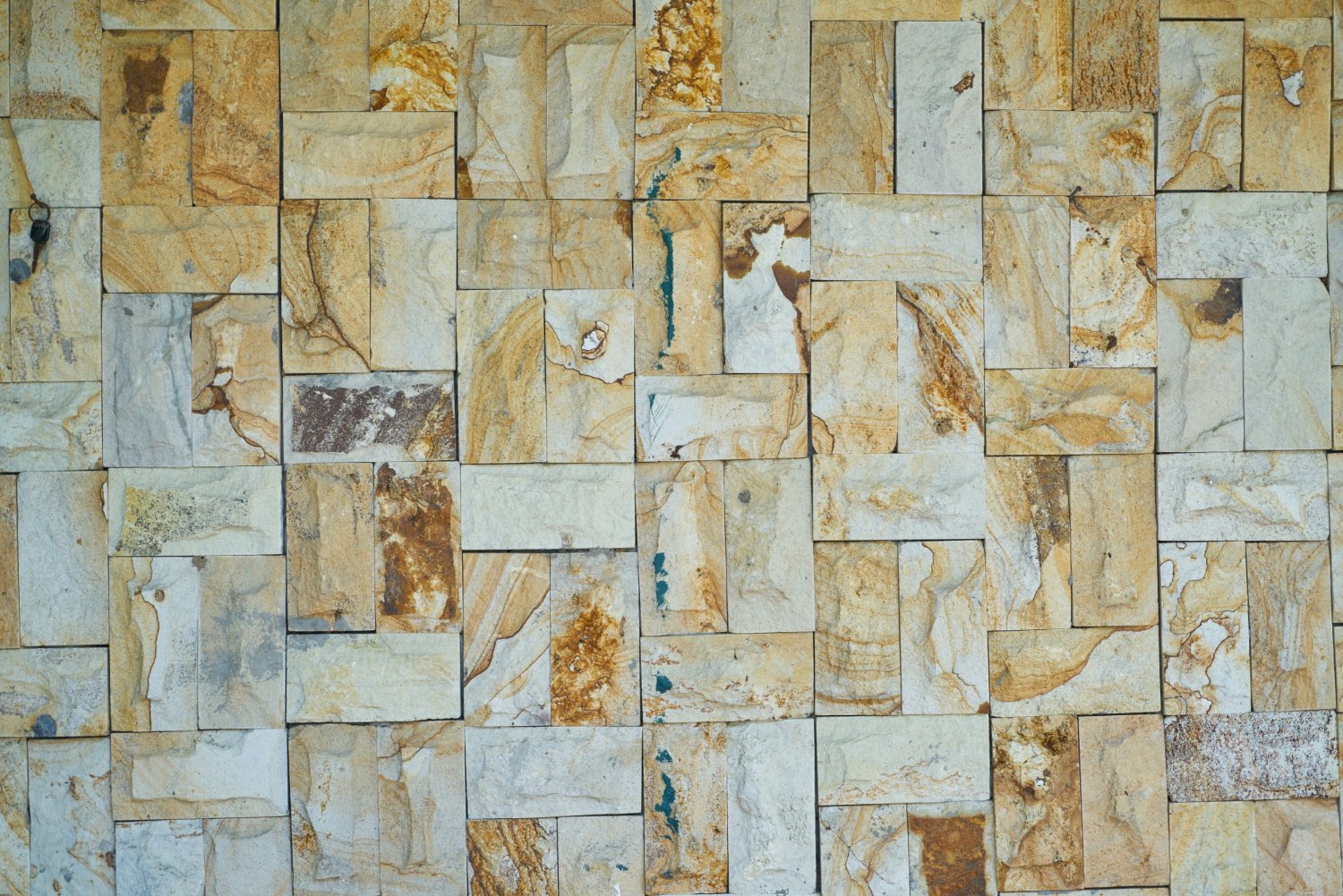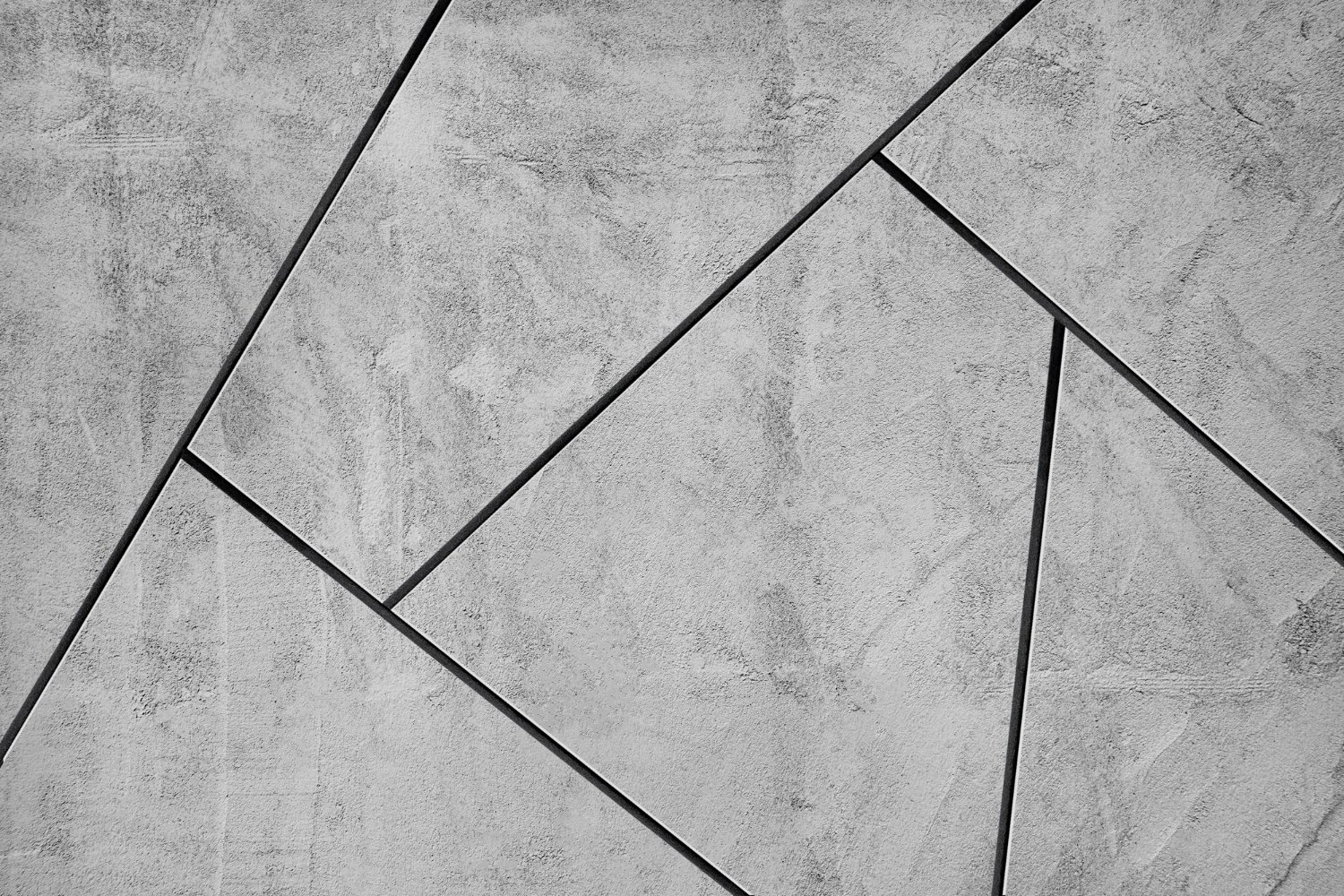Blogs
Molestias qui omnis
The other most common type of tile is porcelain, which differs from ceramic tile. "The appeal of porcelain comes from it...
The other most common type of tile is porcelain, which differs from ceramic tile. "The appeal of porcelain comes from its ability to emulate natural stone, brick, or wood—and without any of the maintenance," Castellano says.
"You get the same elegant finish without any of the upkeep or weathering. In addition, as it's an all-purpose tile, it comes in a variety of designs, colors, and styles to allow for versatility when designing a space. Porcelain can even be used outdoors, as it will not freeze, fade, or crack." Other applications for porcelain tile include bath or kitchen tile, high-traffic areas, and kitchen backsplashes.
The biggest drawback with porcelain tile is that installation can be tricky. While you can DIY an install, Castellano says many homeowners forget that you also need an adhesive when laying down this type of flooring.
Glass tile offers a clean and minimalistic aesthetic to any project. Interior designer Melissa Morgan says, "The stain resistance of glass makes it a fantastic alternative to natural stone. Red wine and any acidic foods like lemon and vinegar are wiped up with ease without any permanent staining".
"A potential drawback is that glass will, of course, chip quite easily along the edges," Morgan says. For that reason, she recommends not using glass tile in high-traffic areas like kitchen and bathroom floors. Instead, she suggests using them in smaller applications with less traction, such as gently used tabletops or desks, around the fireplace, or as a backsplash.
Sed sunt non elit o
If you've never taken on a tiling project before, you might be surprised by the many different types of tiles available....
If you've never taken on a tiling project before, you might be surprised by the many different types of tiles available. Ceramic and porcelain tiles are the most commonly used, but there are also glass tiles, cement tiles, metal tiles, and stone tiles—to name just a few. To make it even more complicated, not every type of tile works for every job, and of course, there's your tile budget to consider.
It's hard not to feel a little overwhelmed, which is why we did the hard work for you. Whether you're shopping for an immediate project or just planning for the future, we enlisted some experts to guide you through the most common types of floor tiles and wall tiles. Find out which tiles are best for every type of home project to ensure you'll love your remodel for years to come.
Ceramic tile is one of the most common types of tile found in the home because it's suitable for many applications. "Increased durability makes ceramic tile perfect for any room in the house, such as kitchens, bathrooms, or even entryways," says Tony Castellano.
"It's easy to install, clean, and comes in hundreds of styles that can fit any design. For a bonus, if you're looking to renovate on a budget, ceramic offers a great price point."
When shopping, Castellano recommends checking the ceramic tile lot number to ensure you have a clean, uniform end result. "Additionally, make sure you understand the difference between glazed and unglazed. While unglazed gives an artistic, rustic finish, glazed ceramic tiles provide more protection for longer lasting floors."
Voluptate suscipit i
Design and Aesthetics: Colors and patterns: Tiles come in a wide range of colors, patterns, and finishes, allowing for...
Design and Aesthetics:
Colors and patterns: Tiles come in a wide range of colors, patterns, and finishes, allowing for creative design choices.
Textured surfaces: Some tiles have textured surfaces, adding visual appeal and grip.
Glazed surfaces: Glazed tiles are often used in bathrooms and kitchens for ease of cleaning and maintenance.
Officia tempor vitae
Uses: Flooring: Ceramic, porcelain, stone, and vinyl tiles are common choices for floors in both residential and comme...
Uses:
Flooring:
Ceramic, porcelain, stone, and vinyl tiles are common choices for floors in both residential and commercial spaces.
Walls:
Tiles are used for wall coverings in areas like kitchens and bathrooms, offering both durability and aesthetics.
Roofs:
Tiles, particularly ceramic or metal, are used for roofing, offering protection from the elements.
Countertops:
Tiles, especially porcelain or stone, can be used for countertops, providing durability and a stylish look.
Blanditiis aut quia
Material: Ceramic tiles: Made from clay, silica, and other materials, offering durability and versatility. Porcelain...
Material:
Ceramic tiles: Made from clay, silica, and other materials, offering durability and versatility.
Porcelain tiles: A dense and resilient option, ideal for high-traffic areas.
Glass tiles: Bring vibrancy and are often used decoratively.
Natural stone tiles: Offer a timeless elegance, but require regular care.
Wooden tiles: Provide the look of wood with tile's durability.
Metal tiles: Can be used for various applications, including roofing.
Plastic tiles: Offer a lightweight and durable option.
Id molestiae qui pla
Tiles are thin, flat pieces of material used for covering surfaces like walls, floors, and roofs. They come in various m...
Tiles are thin, flat pieces of material used for covering surfaces like walls, floors, and roofs. They come in various materials, including ceramic, stone, metal, and glass. Tiles are often fixed in an array to create a complete covering, and they are chosen for their durability, aesthetics, and suitability for different applications.
Read More
